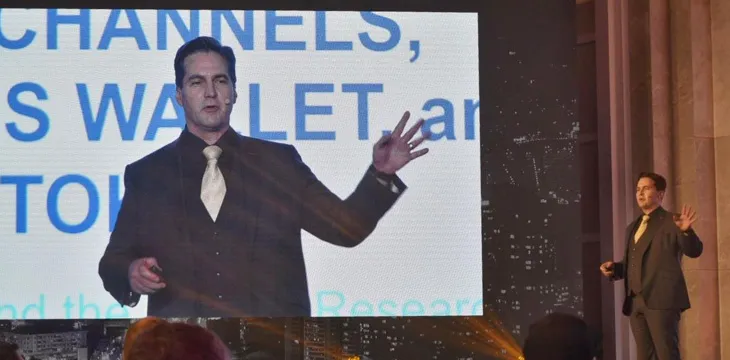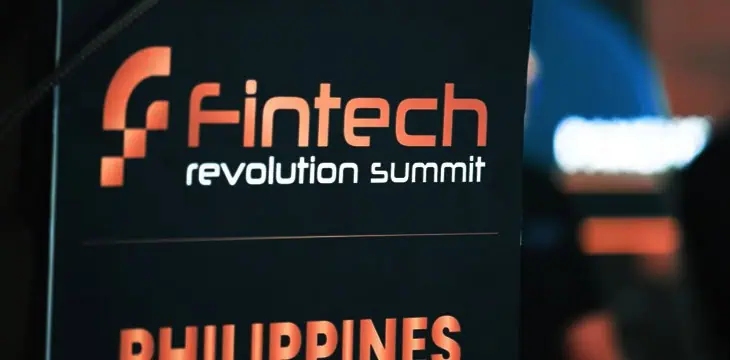|
Getting your Trinity Audio player ready...
|
The first day of CoinGeek Seoul ended with the man who, as Steve Shadders described, is “more than just a myth. Dr. Craig Wright, Chief Scientist at nChain, took the stage to speak on the topic of “Payments & Privacy: New Inventions for Bitcoin SV.”
Fitting the theme set out by Bitcoin Association Founding President Jimmy Nguyen, Dr. Wright began by noting that it’s his job to “keep making sure that you guys have new things to build on.” As for his role in Bitcoin’s future, he noted that he prefers to hide away and work on patents, while the developers take the spotlight and build new applications.
He then jumped into discussing payment channels. While the presentation behind him noted bidirectional and unidirectional payment channels, Wright mostly spoke to the idea of Nakamoto Payment Channels, which allow for a more complex form of settling payments, necessary for things like auctions, or negotiated agreements. Because the channel is offchain, the amount of updates made to an agreement can be nearly infinite, as there are no fees until the payment is settled and recorded on chain.

As Wright explained, using new techniques like Funding Transactions and Loop Transactions, new business models can be introduced to the blockchain. He used a theme park token analogy to describe how this could work, but the important thing is “we can do all these things to build anything you can imagine right now.”
But to set the crowd out on the right path, he gave some specific examples of how these techniques can be applied. Micropayments for utilities, like paying for electricity every time it clicks over. He also talked about games being helped by these services, with more security in between players, and a better distribution of servers.
His second focus was on a concept known as Benford’s Law, which suggests that data sets start to become predisposed to start with certain digits. He explained how that concept is being applied in Bitcoin to help increase privacy, masking if transactions are grouped or entirely separate.
Finally, Dr. Wright spoke about divisible tokens, and specifically, how the ideas for several other digital currencies can become tokens on the BSV blockchain. Using this technology, even fiat stablecoins, or a tokenization of them, can be created on the BSV chain.
Because as Wright concluded, he simply doesn’t care if people know they are using Bitcoin, and is happy for anything, within the bounds of law, to be built on it. “The plumbing that I talked about before gets used for everything,” he explained. “Your Bitcoin itself becomes more valuable. And, we get people to start trusting Bitcoin, because they don’t even need to know its Bitcoin.”
Wright concluded his speech by emphasizing just how little he cares about the public perception of Bitcoin, in the end:
I don’t care if they want to like Bitcoin, I care if they use it. Not HODL it. Use it. And if every person on Earth is using Bitcoin, there’s a lot of Bitcoin being distributed to a lot of people. Goes up in value. Everyone’s happy, well atleast if you’ve got Bitcoin you’re happy anyway. So this is the whole point. We need to start building applications that people are going to use.

 07-11-2025
07-11-2025 




